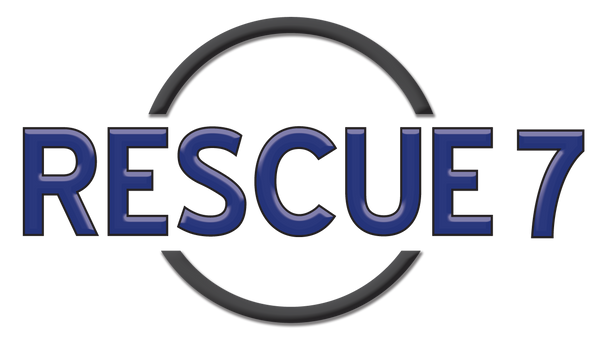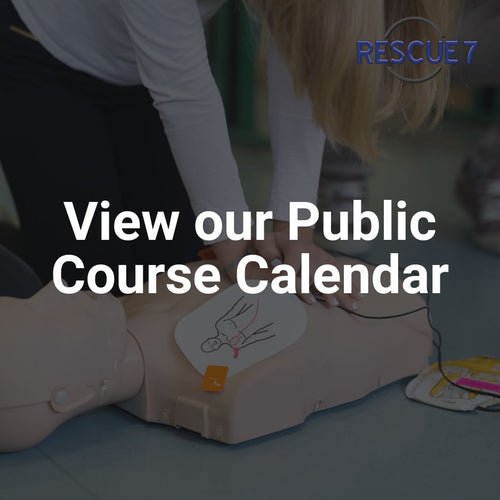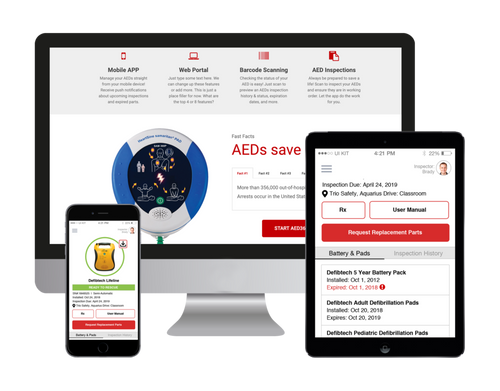
New Ontario AED Requirements on Construction Sites (O. Reg. 157/25)
As of January 1, 2026, constructors on many Ontario construction projects will have new legal duties under O. Reg. 157/25 – Construction Projects, Occupational Health and Safety Act. The amendment to O. Reg. 213/91 requires automated external defibrillators (AEDs) to be present on certain sites and maintained to specific standards.
This article summarizes the key requirements in plain language. For the full legal text, see the official regulation on Ontario’s e‑Laws website.
Disclaimer: This post is for general information only and is not legal advice. For specific compliance questions, consult your health and safety professional or legal counsel.
When is an AED required on a project?
Under new section 27.1(1) of O. Reg. 213/91 (as amended by O. Reg. 157/25):
- If 20 or more workers are regularly employed at a project,
- And the work is expected to last 3 months or more,
then the constructor must ensure an AED is installed and maintained at the project.
Projects where work is expected to last less than three months are exempt from this section (see 27.1(10)).
What type of AED is required?
Section 27.1(2) states that:
- The defibrillator must be licensed as a medical device by Health Canada.
In practice, this means you must purchase an AED that has an active Health Canada medical device license.
Need a compliant AED for your projects?
We supply Health Canada–licensed AEDs suitable for use on Ontario construction sites, including:
ZOLL · Philips · Stryker / LIFEPAK
Required accessories that must be stored with the AED
Section 27.1(3) lists items that must be stored with every AED and maintained/replenished as necessary:
- One cardiopulmonary resuscitation (CPR) mask
- One pair of scissors
- Two pairs of disposable medical‑grade gloves
- One disposable razor
- One garbage bag
- Four absorbent towels
These should be checked regularly so they are available and in usable condition whenever needed.
Storage and placement of the AED
Under 27.1(4), the AED and required items must be stored in a suitable place that:
- Keeps everything together – the device and accessories must be stored as a kit.
- Protects from dust, moisture, and site contaminants – so that functionality is not affected.
- Is clearly labelled with a sign that meets the AED sign requirements (see below).
- Is unobstructed and easily accessible.
- If outdoors, protects against extreme temperatures, moisture, and direct sunlight.
In 27.1(5), the regulation also requires:
- Signs adjacent to the AED; and
- Additional signs throughout the project, indicating the AED’s location.
AED signage requirements
Under 27.1(6), each sign must include:
- A graphic symbol that depicts a heart containing a lightning bolt; and
- Text in either English or French:
-
English:
- “Automated External Defibrillator” or “AED”
-
French:
- “Défibrillateur externe automatisé” or “DEA”
-
English:
Make sure any custom signage you create includes both the symbol and the required wording/acronym.
Maintenance, testing, and inspection records
Section 27.1(7) requires that the AED be:
- Maintained and tested according to the manufacturer’s instructions; and
- Inspected quarterly by a competent worker, again following the manufacturer’s instructions.
Under 27.1(8), a record of these inspections must be kept with the AED and must include:
- The date of each inspection
- The name and signature of the competent worker who performed it
Many companies use an inspection tag or log sheet attached to the AED cabinet or case to satisfy this requirement.
Training requirements
Section 27.1(9) states that:
At all times when work is in progress at a project, a worker who is trained in cardiopulmonary resuscitation (CPR) and defibrillator operation shall be present.
In practice, constructors should:
- Identify which workers are CPR/AED‑trained
- Ensure scheduling so at least one trained worker is on site whenever work is occurring
- Keep training records on file as part of their health and safety documentation
Need CPR/AED‑trained workers on every shift?
We provide CPR & AED training courses that can help you to meet the requirement
See CPR & AED training options
When does the regulation take effect?
Section 2 of O. Reg. 157/25 states:
- The regulation comes into force on January 1, 2026.
Constructors should use the time before that date to:
- Purchase compliant AEDs
- Set up storage, signage, and inspection processes
- Arrange CPR/AED training so the requirement in 27.1(9) is met on day one
Get ready for the January 1, 2026 AED requirement
To prepare for O. Reg. 157/25, constructors should:
- Select a Health Canada–licensed AED appropriate for their sites
- Set up proper storage and required accessories (mask, gloves, razor, towels, etc.)
- Establish a quarterly inspection and record‑keeping process
- Ensure at least one CPR/AED‑trained worker is present whenever work is in progress
Rescue 7 can support your compliance efforts:
- ZOLL AEDs and Accessories
- Philips AEDs and Accessories
- Stryker / LIFEPAK AEDs and Accessories
- CPR and AED Training Courses
Where to read the full legal text
For complete and up‑to‑date information, refer directly to the official regulation on e‑Laws: O. Reg. 157/25: Construction Projects, Occupational Health and Safety Act
https://www.ontario.ca/laws/regulation/r25157
 Proudly Canadian
Proudly Canadian



